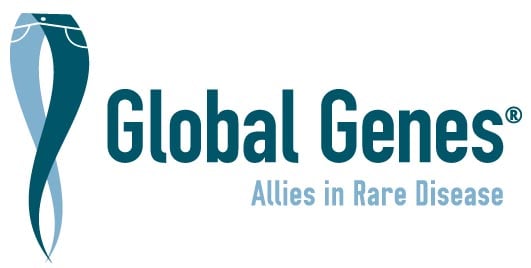Cortical blindness-intellectual disability-polydactyly syndrome
A rare genetic multiple congenital anomalies/dysmorphic syndrome characterized by congenital total cortical blindness intellectual disability postaxial polydactyly of the hands and feet pre- and postnatal growth delay psychomotor developmental retardation and mild facial dysmorphism (incl. prominent forehead short nose long philtrum high-arched palate and microretrognathia). Recurrent respiratory and intestinal infections as well as moderate hypertonia and hyperreflexia are also associated. There have been no further descriptions in the literature since 1985.
Data from Orphanet are used to provide information on a disease's name, synonym(s), and overview.
Reference: Access aggregated data from Orphanet at Orphadata.
Orphadata: Free access data from Orphanet. © INSERM 1999. Available on http://www.orphadata.org. Data version April 2024
Newly diagnosed with
Cortical blindness-intellectual disability-polydactyly syndrome?
Our RARE Concierge Services Guides are available to assist you by providing information, resources and connections as you navigate your rare disease journey.
Advocacy Organizations
COMBINEDBrain Inc
COMBINEDBrain is a consortium for outcome measures and biomarkers for neurodevelopmental disorders. We are collaborating to cure rare, non-verbal brain disorders.
DDX3X Foundation
Our mission is to connect families, resources, and the medical community to advance research for a treatment or cure to DDX3X Syndrome. Our ultimate goal is to accelerate brain function in individuals affected by DDX3X Syndrome through advances in cell and gene therapy and pharmaceuticals.
Moonshots for Unicorns
Curing single-gene disorders
Project CASK
To fund research for treatment and/or a cure for CASK Gene Disorder
Syndromes Without A Name (SWAN) Australia
Provide information, support and advocacy to families caring for a child with an undiagnosed or rare genetic condition.
Clinical Trials
For a list of clinical trials in this disease area, please click here.
